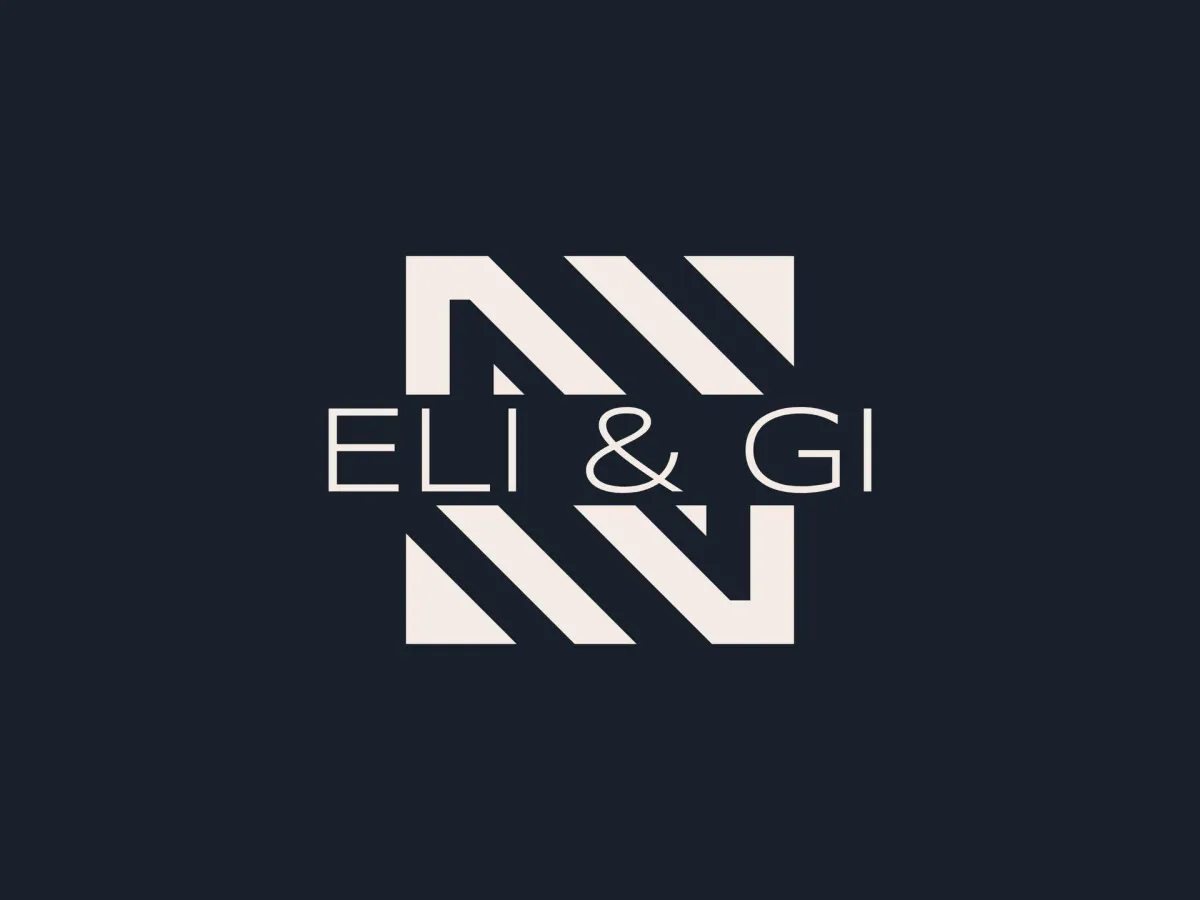
ROU Asset & Lease Liability in ASC 842, IFRS 16, and GASB 87
In the ever-evolving world of accounting standards, ASC 842, IFRS 16, and GASB 87 have introduced significant changes in the way companies recognize and account for leases. Among the key components of these standards are the Right-of-Use Asset (ROU Asset) and Lease Liability. This article will delve into the intricacies of these concepts, providing a comprehensive understanding of their significance, implications, and differences.
Understanding the ROU Asset
The Right-of-Use Asset, often abbreviated as ROU Asset, is a fundamental concept in lease accounting under ASC 842, IFRS 16, and GASB 87. It represents an asset that gives a lessee the right to use a leased item or property over the lease term. Here's a closer look at the ROU Asset:
Recognition of ROU Asset
Under these accounting standards, the ROU Asset is recognized on the lessee's balance sheet, reflecting the company's control over the leased asset.
Measurement of ROU Asset
The ROU Asset is initially measured at the present value of future lease payments, including any upfront costs, direct costs, and restoration obligations.
Amortization of ROU Asset
The ROU Asset is amortized over the lease term, resulting in periodic expense recognition. The method of amortization may vary depending on the lease type.
Lease Liability in ASC 842, IFRS 16, and GASB 87
Lease Liability is another critical component of lease accounting. It represents the obligation to make lease payments over the lease term. Here's a detailed look at Lease Liability:
Recognition of Lease Liability
Similar to the ROU Asset, Lease Liability is recognized on the lessee's balance sheet. It reflects the present value of future lease payments.
Changes in Lease Liability
Lease Liability may change over time due to various factors, including lease modifications, reassessments, or changes in lease payments.
Interest Expense on Lease Liability
Lease Liability incurs interest expense over the lease term, reflecting the interest on the outstanding lease obligation.
Key Differences between ASC 842, IFRS 16, and GASB 87
While these accounting standards share similarities in recognizing ROU Assets and Lease Liabilities, there are notable differences:
Classification of Leases: ASC 842 and IFRS 16 classify leases into finance and operating leases, affecting how ROU Assets and Lease Liabilities are recognized. GASB 87 doesn't make this distinction.
Expense Recognition: ASC 842 and IFRS 16 use the straight-line method for most leases, while GASB 87 typically recognizes lease expense on a straight-line basis.
Lessor Accounting: These standards also impact lessor accounting, with varying implications on income recognition.
Conclusion
In conclusion, the introduction of ASC 842, IFRS 16, and GASB 87 has reshaped lease accounting practices. The inclusion of the Right-of-Use Asset (ROU Asset) and Lease Liability on the balance sheet provides greater transparency and impacts financial ratios. Understanding the nuances of these accounting standards is crucial for companies to ensure compliance and accurate financial reporting.
FAQs
1. How do I determine whether a lease should be classified as finance or operating under ASC 842 and IFRS 16?
Lease classification depends on various factors, including the transfer of ownership, purchase options, and lease term. Consult your accounting professionals for guidance.
2. Are there any exceptions to recognizing ROU Assets and Lease Liabilities on the balance sheet?
Certain short-term leases (usually with a term of 12 months or less) and low-value leases may be exempt from balance sheet recognition under ASC 842 and IFRS 16.
3. Can the amortization schedule of the ROU Asset change over time?
Yes, changes in the lease term or reassessments of variable lease payments can lead to adjustments in the amortization schedule.
4. How does GASB 87 differ from ASC 842 and IFRS 16 in terms of lessor accounting?
GASB 87 generally follows a simpler approach to lessor accounting, making it more straightforward compared to the other two standards.
5. Are there any disclosure requirements associated with ROU Assets and Lease Liabilities?
Yes, companies are typically required to provide extensive disclosures in their financial statements, including the nature of their leases, future lease commitments, and significant judgments made in applying the standards.
